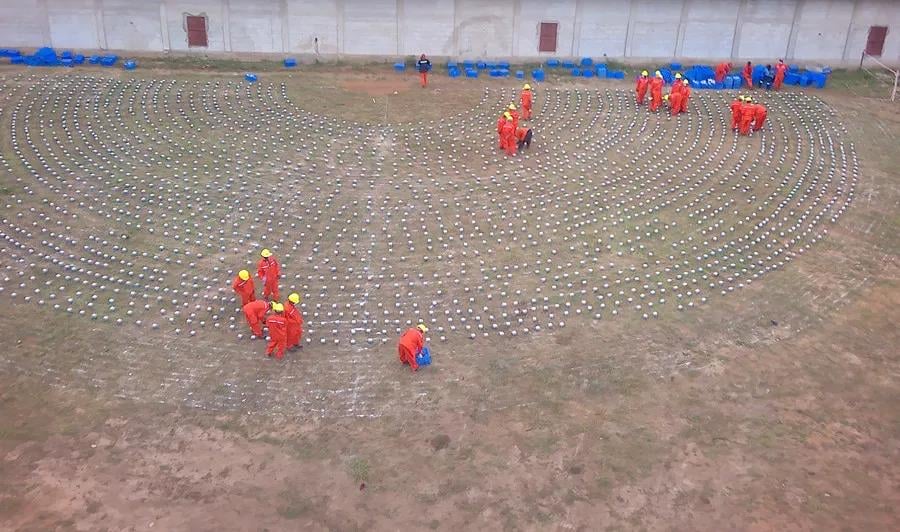Seismic Acquisition and Processing Startup
At 19:08 on the 21st of July, local time in Tanzania, the RUVU onshore 3D seismic acquisition project, undertaken by Team 8631 of the Tanzania Project Department of the International Exploration Division, officially kicked off.
This marked the first 3D seismic exploration activity in Tanzania during the COVID-19 pandemic.

A Historic First in Tanzanian Geophysical Prospecting
The RUVU project was the first large-scale 3D nodal project in the history of Tanzanian geophysical prospecting. It utilized 19,000 SmartSolo nodes, along with compressed sensing technology.
Establishing procedures and gaining approval to relocate and move personnel during the pandemic was an enormous challenge. This process proved time-consuming but also revealed valuable insights for the project’s future progression.
According to the project department, strengthened communication and coordination between logistics and the project site ensured that the project could be launched on time, despite the pandemic-related challenges.
Project Features and Challenges
The RUVU project featured several notable challenges, including:
- Difficult Operations: Due to the terrain and environmental factors, operational logistics were complex.
- Safety Risks: Ensuring the safety of personnel in an active, large-scale project area.
- Environmental Protection: The site was located in a forested area, requiring strict adherence to environmental regulations.
- High Standards for Cleanliness and Daily Efficiency: In addition to health safety concerns, the project also faced strict cleanliness standards and demands for operational efficiency.
The project site was situated near Dar es Salaam, Tanzania’s largest economic center, and one of the country’s most densely populated cities. The area is home to various critical infrastructures such as towns, rivers, factories, plantations, military bases, transportation hubs, and, most importantly, pandemic prevention and control facilities.
Project Coordination and Management
To navigate these challenges, the Project Department developed a comprehensive plan, while the Management Team provided on-site support. Team 8631 coordinated with various resources to ensure the project proceeded smoothly.
Conclusion
The RUVU project, despite the difficulties presented by the pandemic and complex environmental and operational factors, was successfully executed. SmartSolo’s advanced seismic technology played a vital role in ensuring the success of this historic 3D seismic exploration, highlighting its capabilities in overcoming even the most challenging project environments.
